German Stuka dive bombers did to their armored formations during WWII. This article probably would have accompanied my "Red Storm Rising" articles that I did a while back.
Soviet Sam Performance Envelope.(Unclassified)
To counter the helicopters and planes of both current and anticipated enemies, the Soviet military planners of the Cold War built their air defense forces around three principles – mobility, mass, and integration.
Integration was achieved by incorporating the weapons into units at all levels. Mass was achieved by building vast numbers of them. And mobility was achieved by installing them on vehicles, creating a wide range of self-propelled anti-aircraft weapons.
BTR-40A
This was one of two early specialist anti-aircraft vehicles built by mounting weapons on armored personnel carriers (APCs). The BTR-40A was an adaptation of the BTR-40 APC, with a simple turret installed above the troop compartment. A pair of 14.5mm KPV machine guns were mounted in the turret, which had an elevation of up to 80°.
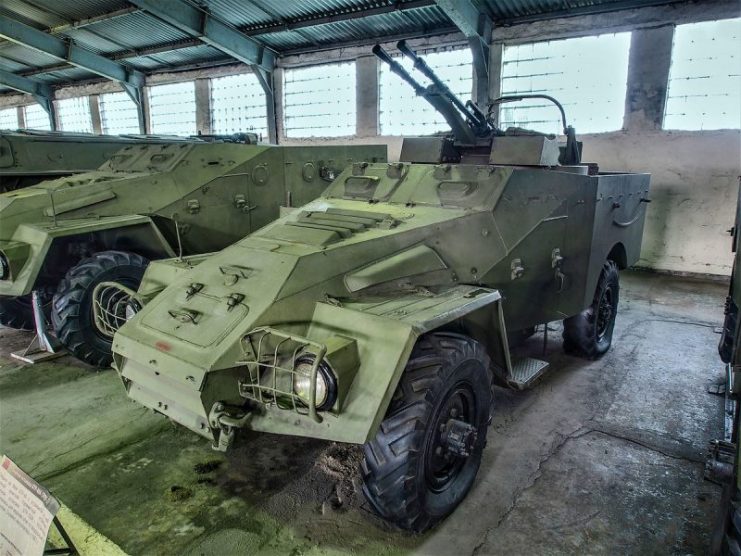
ZSU-57-2
Brought into service in 1955, the ZSU-57-2 had a chassis based on the T-54 tank, but with fewer wheels and weaker armor. It carried two air-cooled 57mm S-68 guns. These were mounted in an open-top turret that left the gunner vulnerable to fire from above, with only a tarpaulin over his head to keep out rain and snow.
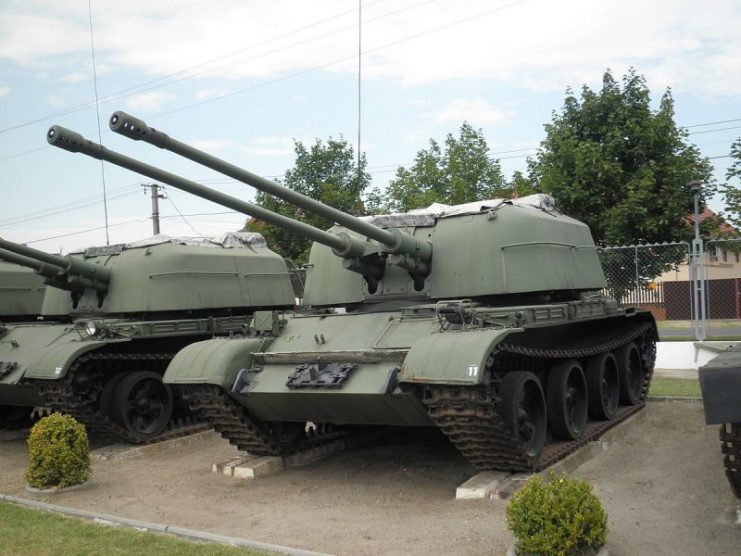
Still, this vehicle had its limits. A lack of radar made it useful only in clear weather.
ZSU-23-4 Shilka
In 1964, the ZSU-57-2 was replaced by the far more effective ZSU-23-4. Now this was the "Big Kahuna for us Army guys, the ZSU was very capable with the radar able to target the Cobra's/Apache/A-10 and help protect the lead elements. The emphasis was to take out the Air Defense assets first so the American air can loiter around the armored formation and savage them. Our Air was part of our Airland Battle to offset the numerical superiority of the Soviet forces. The ZSU was like so many self-propelled anti-air vehicles, this was based on the chassis of another vehicle – the ASU-85 anti-tank gun. Unlike its predecessor, it had a fully enclosed turret as well as nuclear, biological and chemical (NBC) protection for its crew. Infra-red equipment let it operate effectively at night.
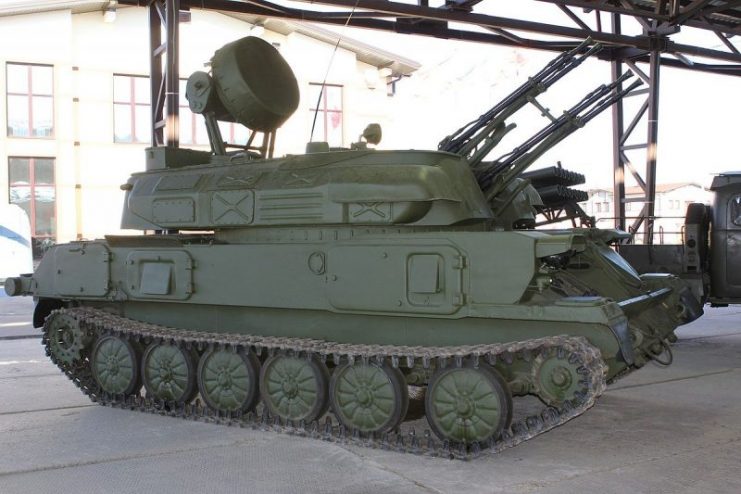
The vacuum tubes in the analog fire-control computer caused some problems for the crew, as they generated lots of heat. An improved version released in 1966 had better ventilation, reducing the problems with overheating. Later models provided both better computers and better cooling.
SA-4 Ganef
The Soviet Army had been one of the first to fully embrace the potential of rocketry. In 1965, the SA-4 Ganef became its first self-propelled weapon to make use of this in air defense, carrying an elevated turntable loaded with two missiles. It had no onboard fire control, instead relying on a radio link to a radar vehicle to line up a shot before the missiles took over with semi-active radar homing.
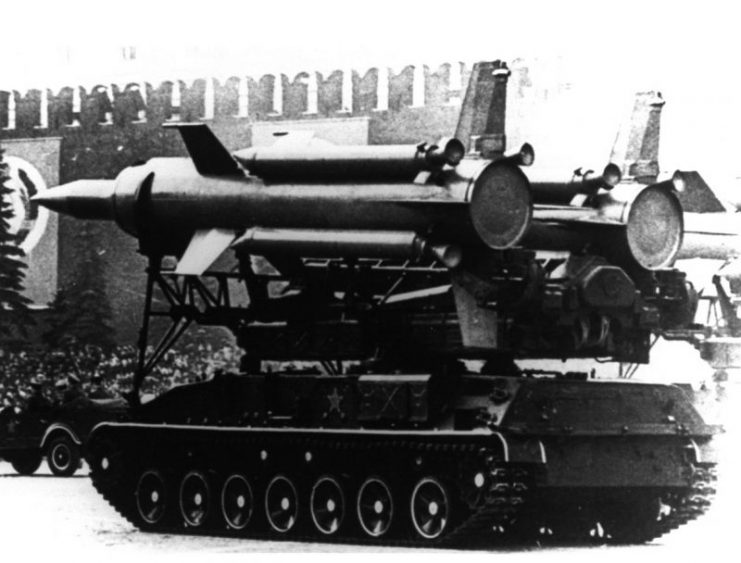
Another version of the missiles came in later, exchanging a shorter range for better low altitude performance. These missiles were often fielded together because of their different strengths.
The SA-4 had a new chassis of its own, rather than one borrowed from other designs. It was fitted with infra-red driving lights and NBC protection, like most Soviet fighting vehicles of the mid-to-late Cold War.
A battery of SA-4s was accompanied by TZM transloader vehicles carrying spare missiles and cranes to load them. It took 10-15 missiles to reload.
SA-8 Gecko
The SA-8 entered the Soviet army in 1970. It was the Soviets’ first self-contained surface-to-air missile system, with the tracking radar and missiles based in the same vehicle.
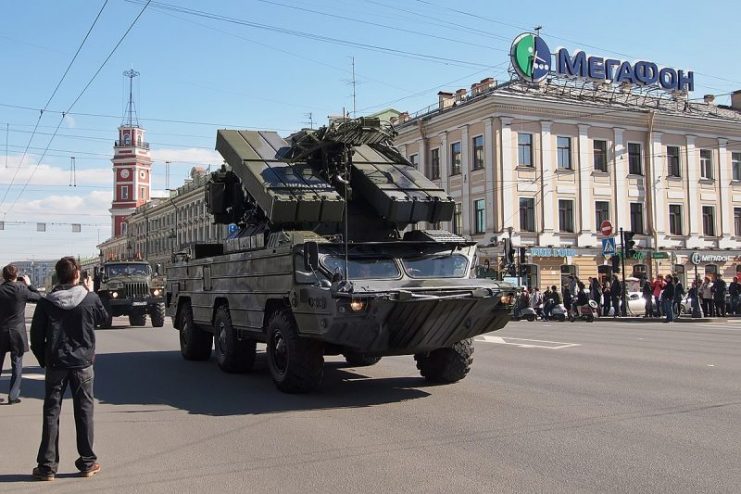
SA-13 Gopher
The SA-13 came into service in 1976, following a troubled development. Its chassis was based on the MT-LB APC, with the machine gun turret removed. A launcher lay on top of the cargo compartment, where it could be laid down flat while on the move.
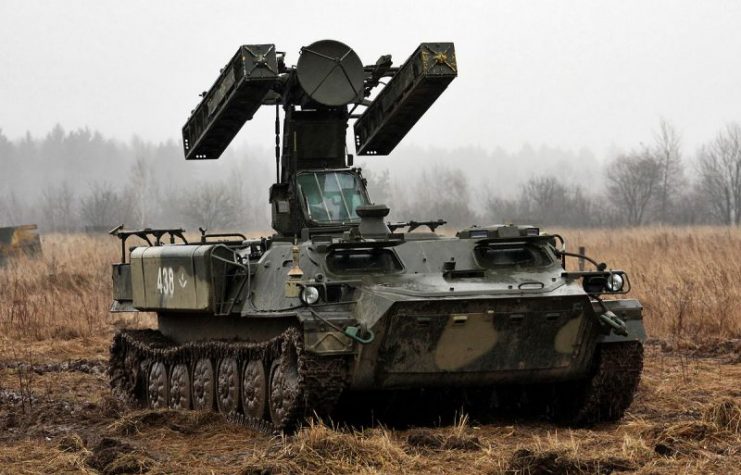
The Strela-10 missiles were initially directed by a range-only Hat Box radar system, to make sure that targets could be reached. In-built infra-red heat-seeking systems within the missiles then took over.
2S6
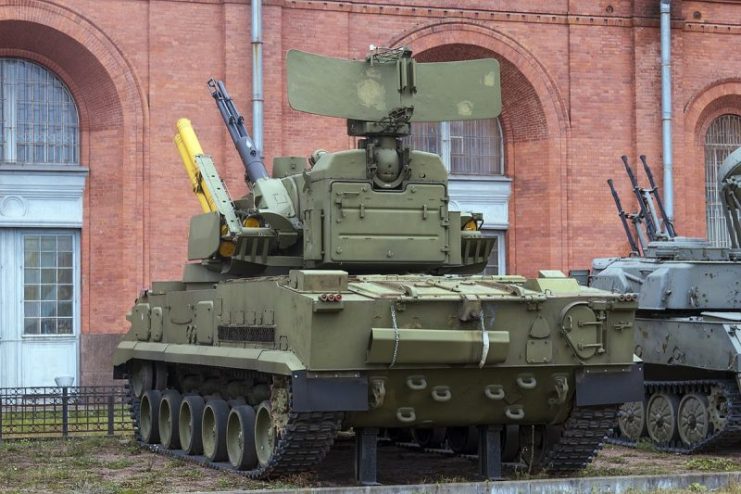
The main production version of this vehicle, the 2S6M, arrived four years later. It had twice as many missiles, better missiles and guns, and superior fire control systems. The 2S6 was considered the replacement for the venerable but formidable ZSU-23-4 but with improvements in firepower to deal with the newer American ground support aircraft like the A-10
The SA-6 GAINFUL (2K12 KUB/KVADRAT) is a two stage, solid-fuel, low-altitude SAM. Although it is frequently reported that a naval version of the missile is the SA-N-3 GOBLET, this is evidently not the case. The 3M9 KUB self-propelled surface-to-air tactical low-altitude anti-aircraft missile system is intended for destruction of aircraft, missiles, cruise missiles and assault helicopters at low to medium altitudes.
The SA-6 low altitude surface to air missile uses radio command guidance immediately after launch, switching to semi-active radar homing in the terminal phase. In the event of jamming or radar shut down the SA-6 may be guided optically and acquire its target after launch. It has radio command guidance with semi-active radar terminal homing.
The SA-6 system is still an efficient weapon, although service is seriously limited by ageing electronics. The original system design and technology are very demanding in operation, maintenance and repair. Highly appreciated SAM system capabilities, namely vehicles mobility and missile performance, suffer from aging radar electronics and lack of superior command and control network interface. RETIA, a.s. has proposed an SA-6 upgrade that would include the SURN radar vehicle , missile launchers 2P25 and replace of 3M9 missiles including new loading vehicle. This upgrade would prolong system lifetime, increase combat efficiency and decrease operators load. The integrated logistic support is proposed to allow efficient use of upgraded system for the whole lifetime.
.



Have not seen that term FEBA in decades. I used to fly Cobras in Germany, 11th ACR back in the day. The threat from the commie MOFOS ( Maneuver Oriented Forces of Oppression) was real to us, the Germans really didn't care as always. I still have my gray market MB 190D that I bought for pennies pre Euro. Thanks for the memory, now I have to dig into the photo albums!
ReplyDeleteHey;
ReplyDeleteYep we ran with the 2nd ACR guys in the VII Corp area of responsibility. The ZSU I remember was a big deal because of its threat against Army air. They went away from the "FEBA" term while I was in, but it still stuck for us, it made it easier to explain things, lol